With the arrival of winter in the northern hemisphere, temperatures continue to drop, and snow and icy conditions will pose severe challenges to outdoor
construction equipment. To ensure skid steer loaders start properly, operate stably, and maintain optimal efficiency in low-temperature environments,
our company has compiled the following five key inspection and maintenance recommendations for our global customers to
help them navigate the winter smoothly.
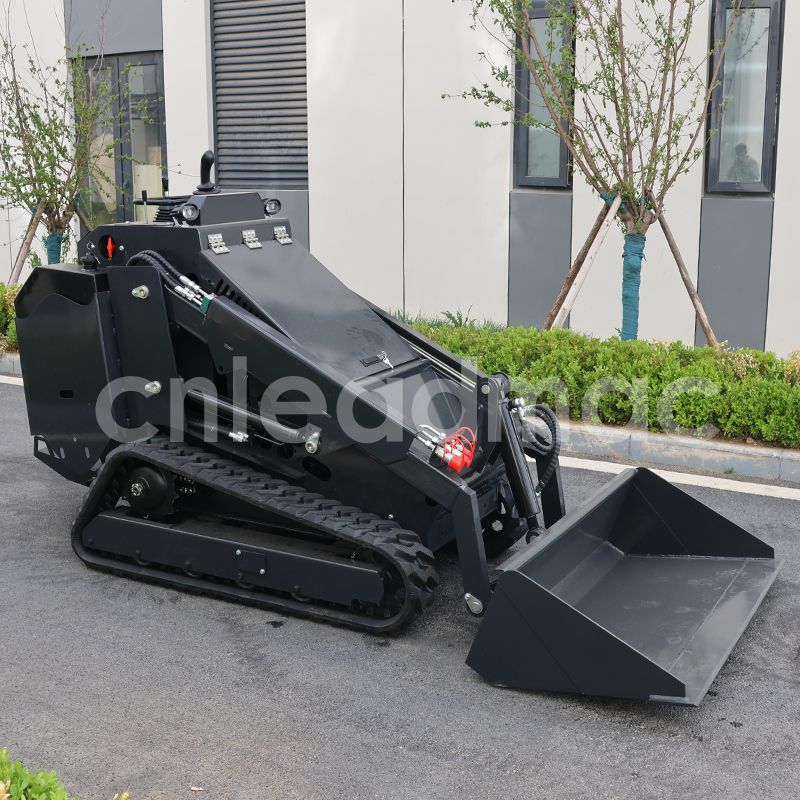
1. Engine and Cooling System Antifreeze Inspection
In extremely cold weather, the engine is crucial for equipment startup. We recommend using low-freezing-point diesel and checking the antifreeze freezing
point to ensure it is below the local low. For our products, such as the LD-S480, equipped with Yanmar engines, optimized low-temperature starting
performance ensures quick response in harsh environments. However, proper fuel and coolant management is still required to maximize performance.
2. Hydraulic System Sealing and Fluid Condition Verification
Low temperatures increase hydraulic oil viscosity, leading to sluggish operation and abnormal system pressure. Ensure the hydraulic oil is clean and the
type meets the winter rating. Carefully inspect the cylinder and oil line connections for leaks. The skid steer loader utilizes high-quality hydraulic
cylinders and wear-resistant oil pipes with excellent sealing performance, effectively reducing the risk of leakage caused by seal shrinkage during
cold weather and ensuring stable system operation at an operating pressure of 17-21 bar.
3. Battery Charge and Electrical Circuit Maintenance
Low temperatures significantly reduce battery efficiency. Use specialized equipment to test the charge level, clean the electrode terminals, and ensure
secure connections. Also, inspect all wiring on the vehicle for signs of aging or damage. The product comes standard with a high-brightness LED light
assembly, which significantly outperforms traditional halogen lamps in low-temperature startup speed and lighting stability. Clear illumination is
crucial for safe operation in foggy and snowy winter conditions.
4. Lubrication of Key Parts of the Travel and Drive System
Drive components such as track rollers and chains should be lubricated with winter-grade grease to prevent solidification and increased resistance.
Our crawler models, such as the LD-T490, feature reinforced tracks and chassis designed for excellent road handling.
Proper winter lubrication ensures sufficient traction on icy and snowy roads.
5. Attachment Connection Functionality and Structural Inspection
Winter is the peak season for snow-clearing and ice-breaking attachments. Please repeatedly test the flexibility of attachment quick-change connectors,
check the hydraulic lines for unobstructed flow, and inspect the structural welds of attachments such as buckets and snowplows to prevent cracking
due to low-temperature brittleness. Our company offers a full suite of high-performance winter attachments, including snowplows and snowblower heads,
perfectly matched to the main machine, allowing users to quickly switch between operating conditions and efficiently handle various winter tasks.
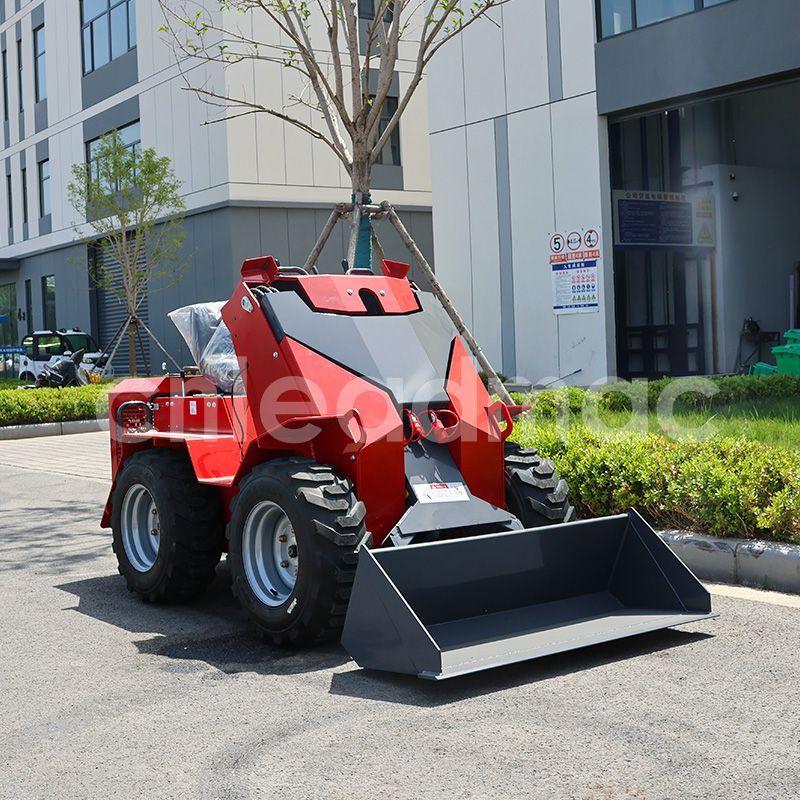
"Reliable equipment, coupled with thorough maintenance, is the double guarantee for smooth winter construction," said our technical director.
"Our products fully consider extreme operating conditions during the design phase, such as the cold-resistant selection of key components and the
adaptability of the overall machine structure. We hope to provide professional guidance to help every user achieve optimal performance from their equipment."
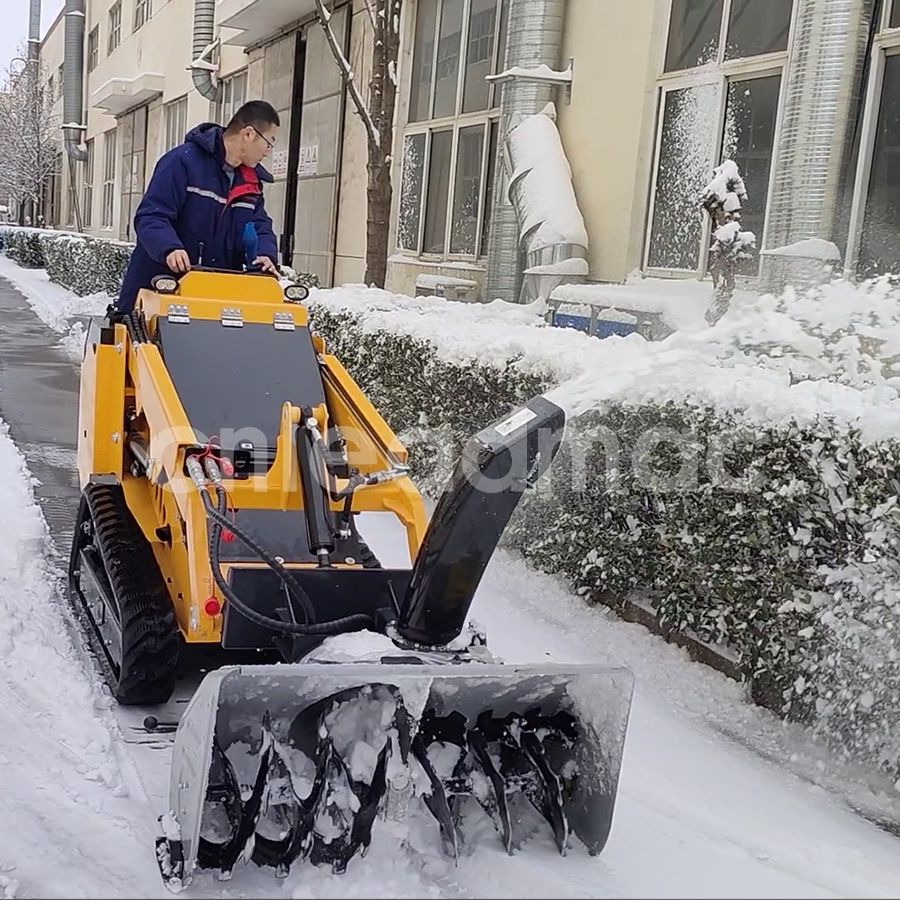 Snow Removal Without Worry – T
Snow Removal Without Worry – T
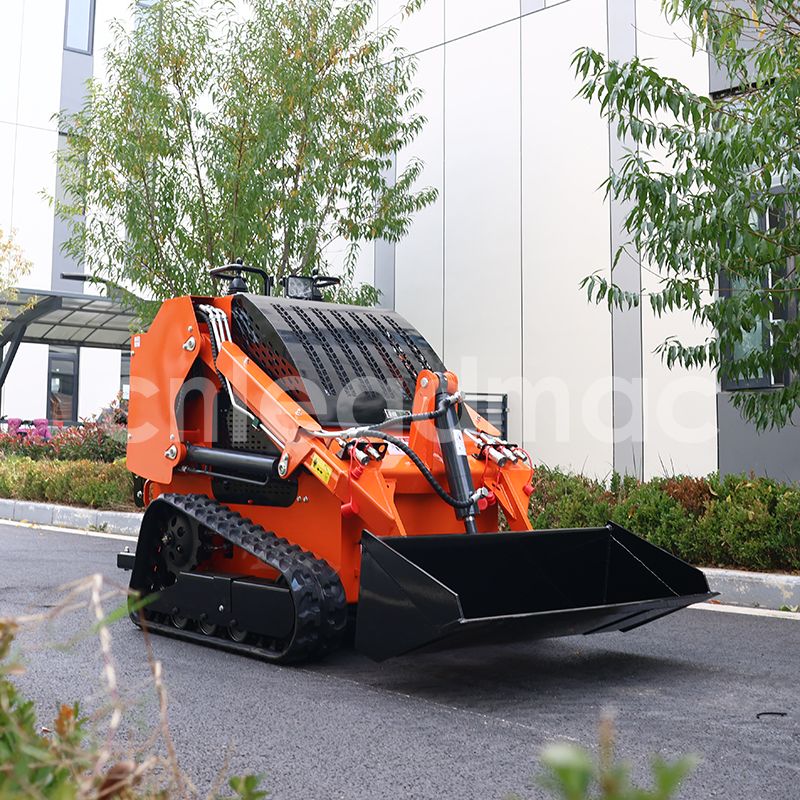 Say Goodbye To Range Anxiety!
Say Goodbye To Range Anxiety!
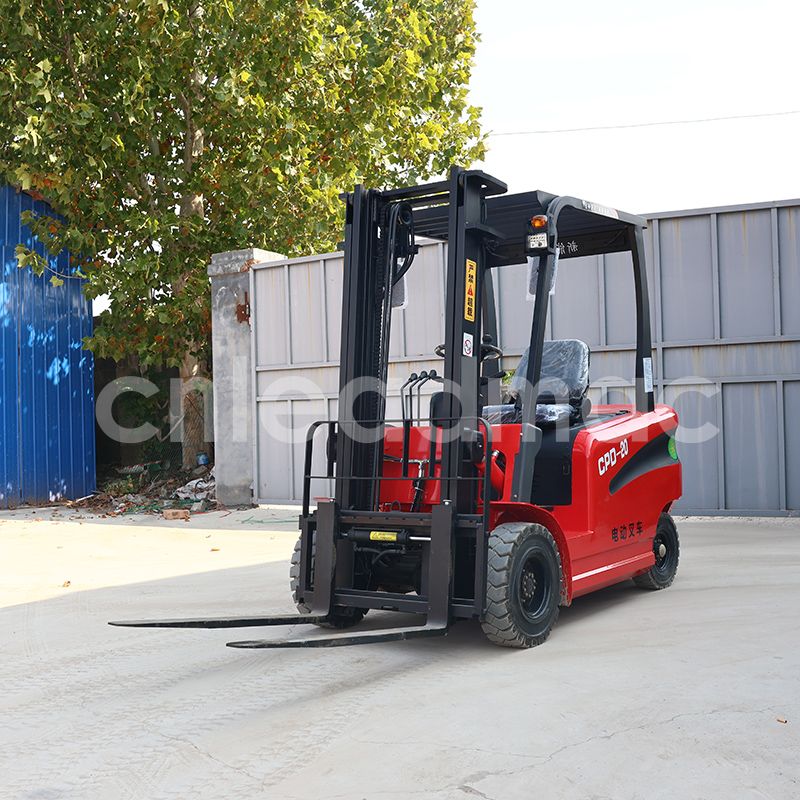 Electric Forklift Safe Operati
Electric Forklift Safe Operati
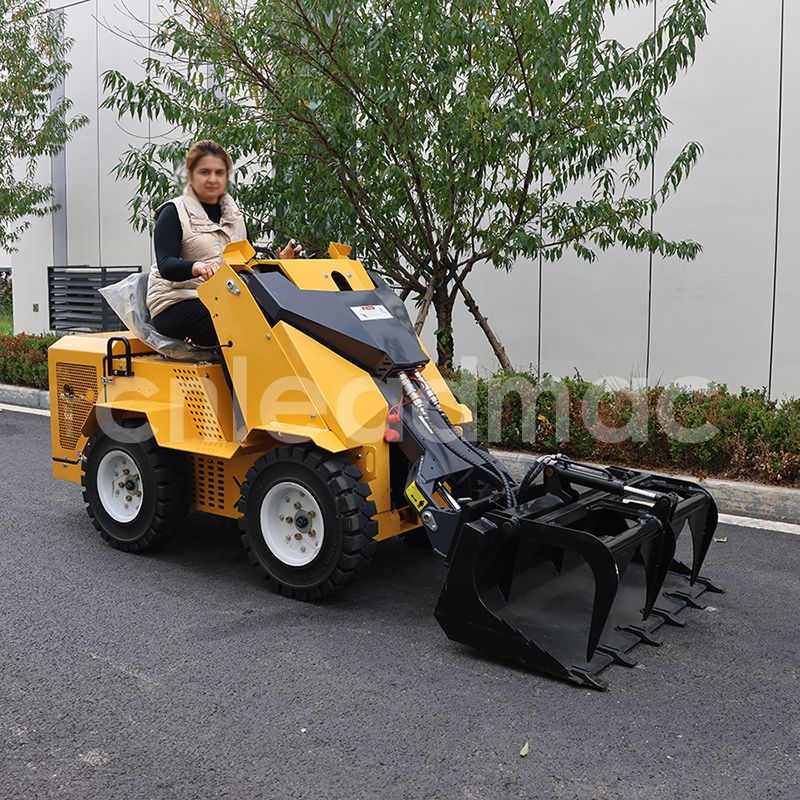 Revolutionizing Material Handl
Revolutionizing Material Handl